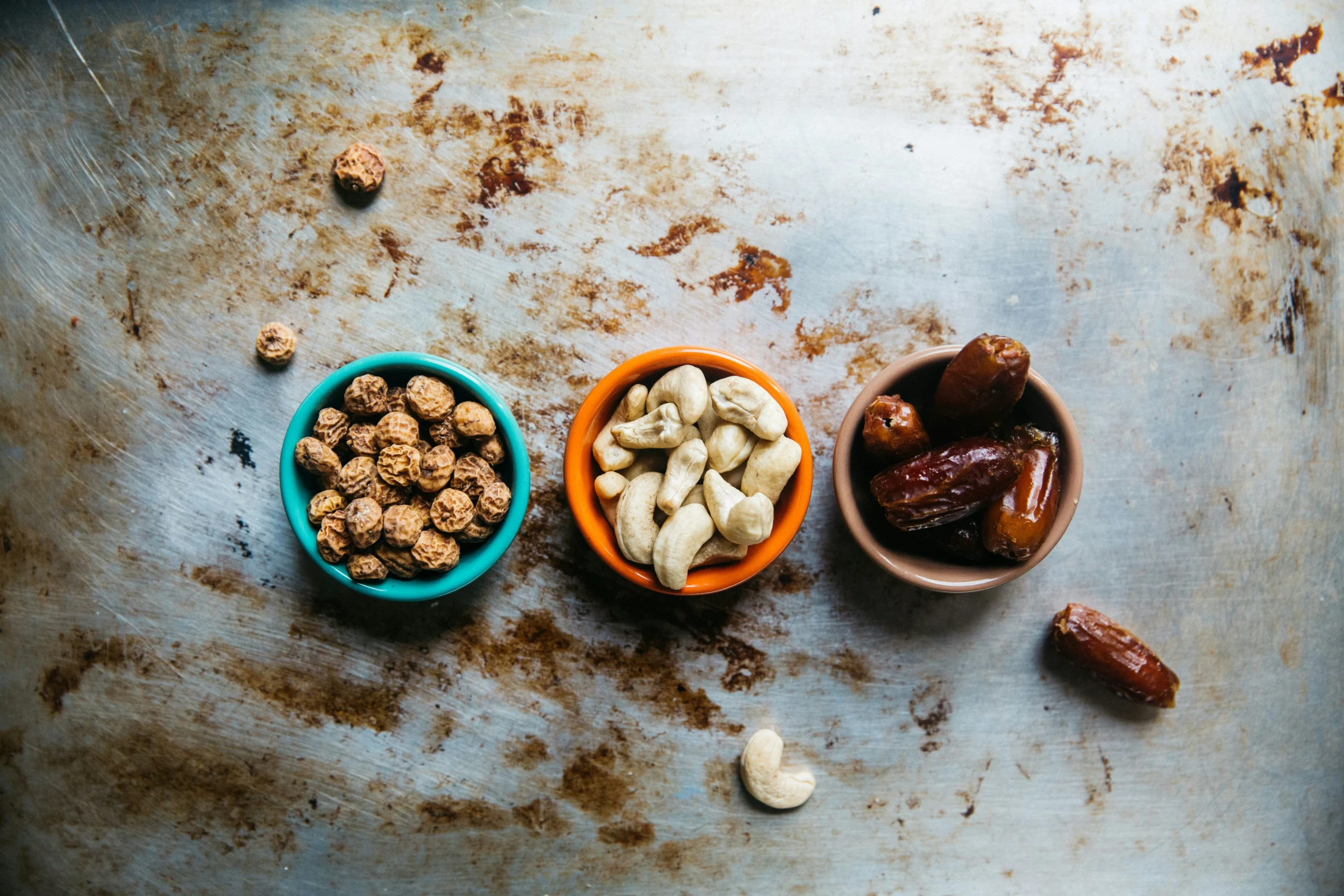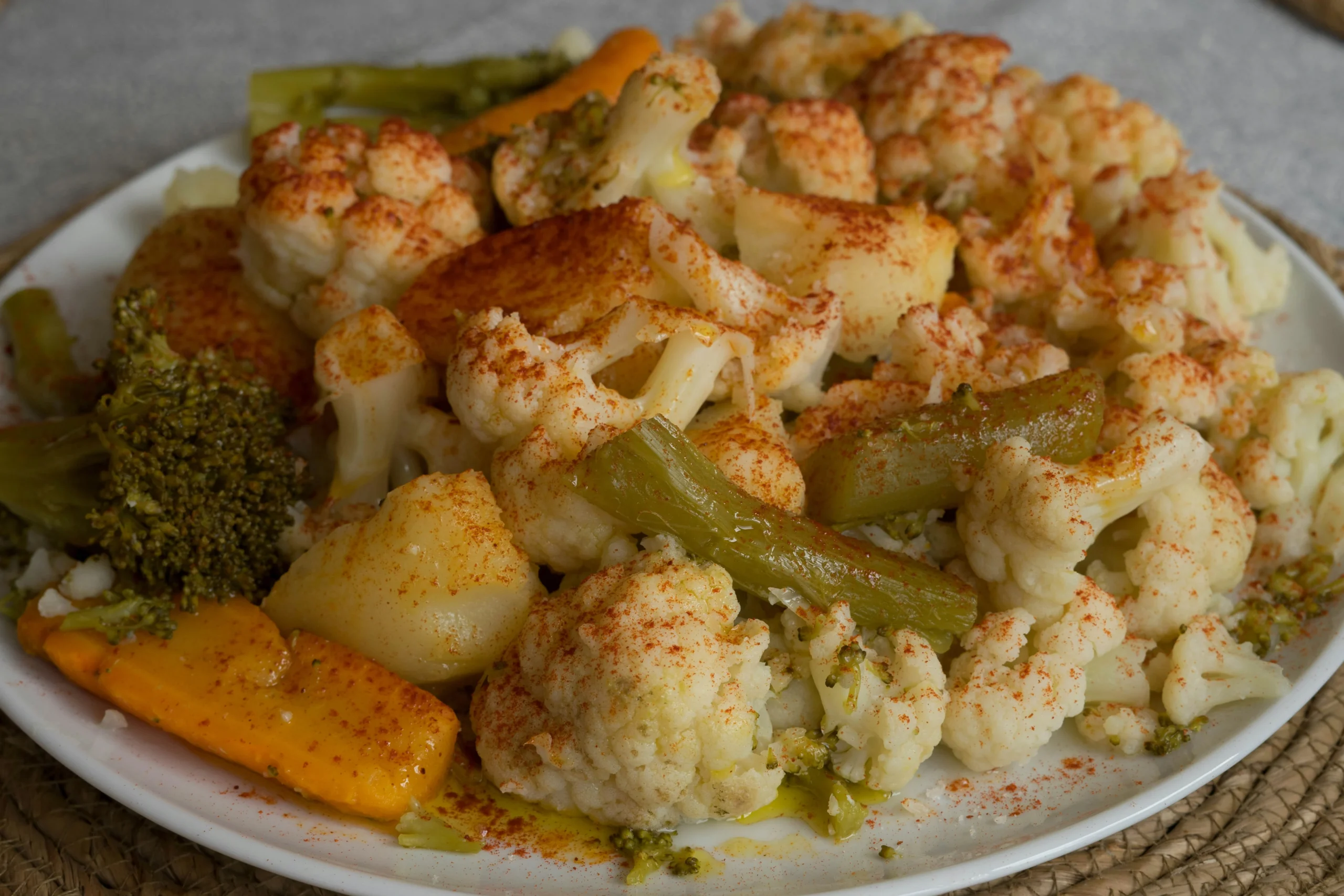🧠 What Is Intermittent Fasting?
Intermittent Fasting (IF) is a time-restricted eating method that cycles between periods of fasting and eating. Unlike traditional diets, IF doesn’t dictate what to eat — it focuses on when to eat.
🔄 Popular Intermittent Fasting Methods:
| Fasting Method | Fasting Window | Eating Window |
|---|---|---|
| 16:8 | 16 hours | 8 hours |
| 5:2 | 2 days per week, eat ~500-600 calories | 5 days of normal eating |
| OMAD | 23 hours | 1 hour |
These methods are gaining popularity in 2025 due to their flexibility and health benefits.
✅ Science-Backed Benefits of Intermittent Fasting
1. ⚖️ Supports Healthy Weight Loss
Intermittent fasting may help reduce overall calorie intake while preserving lean muscle mass.
2. 💉 Improves Insulin Sensitivity
Studies show IF reduces blood sugar levels and enhances insulin function — beneficial for those at risk of type 2 diabetes.
3. 🧠 Boosts Mental Clarity and Focus
Fasting can increase brain-derived neurotrophic factor (BDNF), a protein linked to learning and memory.
4. 🧼 Enhances Cellular Repair
Fasting activates autophagy, a natural cleansing process that helps remove damaged cells and toxins.
5. ❤️ Promotes Heart Health
Intermittent fasting may reduce:
-
LDL (bad) cholesterol
-
Triglycerides
-
Inflammation
❌ Debunking Common Intermittent Fasting Myths
| Myth | Reality |
|---|---|
| “You’ll lose muscle while fasting.” | IF preserves muscle, especially with high-protein meals and resistance training |
| “Breakfast is essential.” | Skipping breakfast in a 16:8 fast is safe for most |
| “Fasting slows your metabolism.” | Short-term fasting may boost metabolism |
| “You can’t consume anything during a fast.” | Water, black coffee, and tea are fine (and encouraged) |
💪 Try This: Top 10 High-Protein Foods for Everyday Nutrition
🍵 Bonus: Best Herbal Teas to Drink While Fasting
🥗 Intermittent Fasting Meal Plans (Beginner-Friendly)
🔄 Sample 16:8 Daily Meal Plan
Eating Window: 12:00 PM – 8:00 PM
| Time | Meal | Details |
|---|---|---|
| 12:00 PM | Break-Fast | Grilled chicken salad with olive oil, quinoa, and mixed greens |
| 4:00 PM | Snack | Greek yogurt with chia seeds + mixed berries |
| 7:30 PM | Dinner | Baked salmon, sweet potato, and steamed broccoli |
🧮 5:2 Fasting Plan Example
Eat normally for 5 days, and consume 500–600 calories on 2 non-consecutive days.
Fasting Day Sample:
-
Breakfast (200 cal): 2 boiled eggs + green tea
-
Dinner (300 cal): Lentil soup + cucumber salad
🧂 Expert Tips to Start Intermittent Fasting Safely
✅ Start with a 12:12 or 14:10 schedule
✅ Stay hydrated — drink at least 8 glasses of water
✅ Break your fast with balanced, whole foods
✅ Avoid sugary drinks and ultra-processed snacks
✅ Get enough sleep and physical activity
✅ Consult a healthcare professional if you have medical conditions
💧 Read: Hydration and Health – How Much Water Do You Really Need?
🧾 Who Should Avoid Intermittent Fasting?
Consult a doctor before trying IF if you are:
-
Pregnant or breastfeeding
-
Under 18
-
Diagnosed with an eating disorder
-
Managing chronic health conditions
🔍 Final Thoughts
Intermittent fasting is more than a trend — it’s a sustainable lifestyle change with wide-ranging health benefits. By combining fasting with nutritious foods, hydration, and mindful eating, you can improve your energy, focus, and overall well-being.


